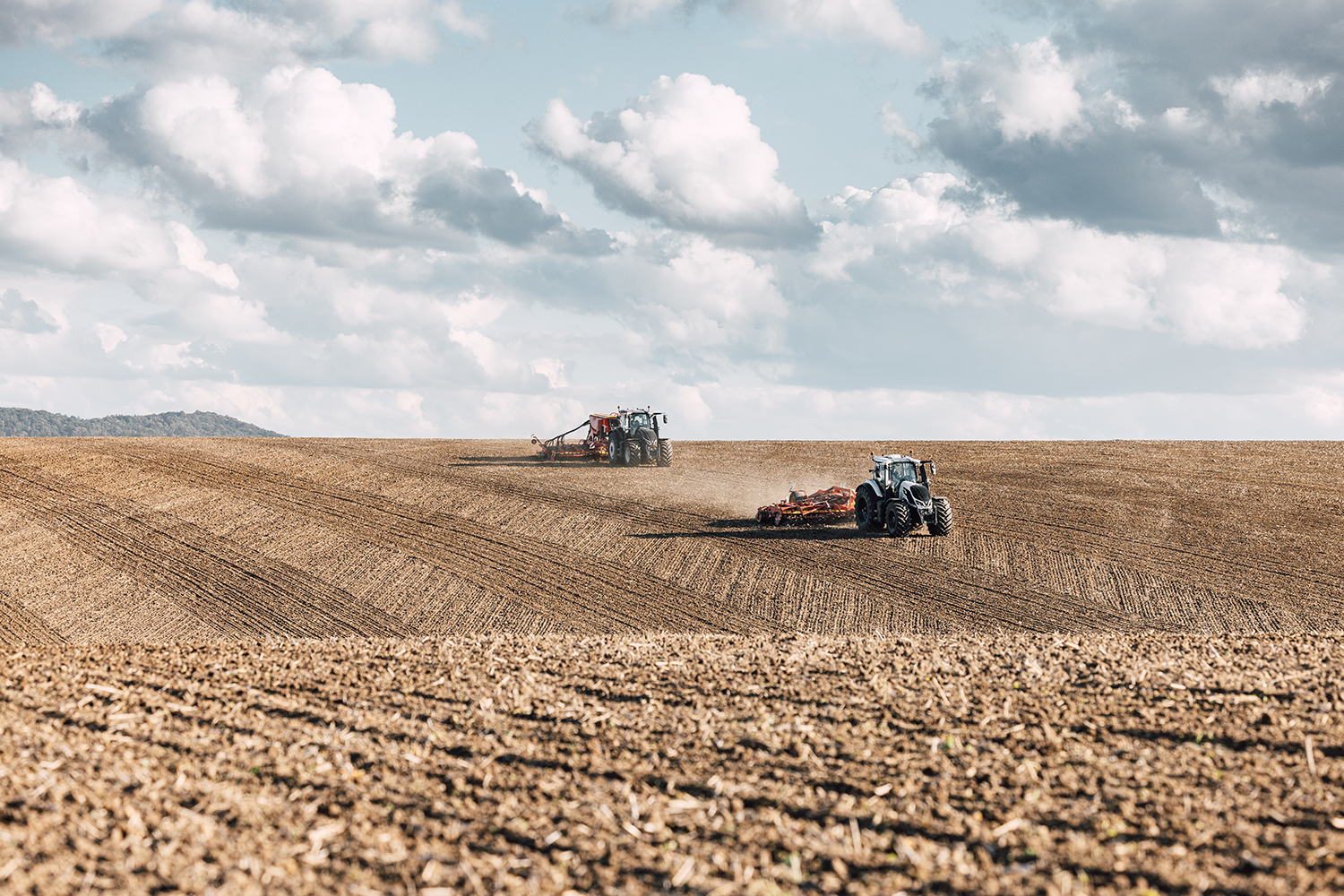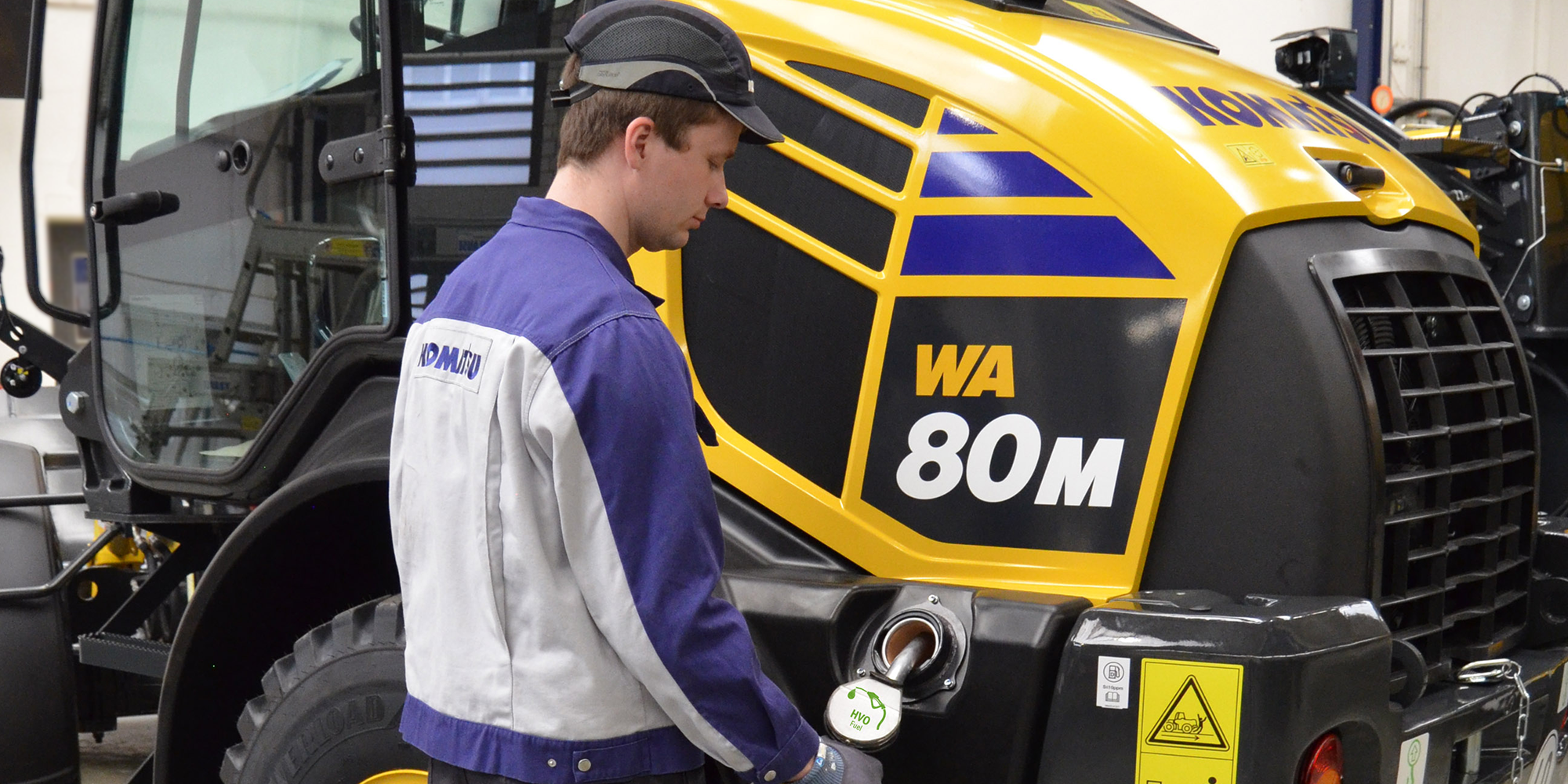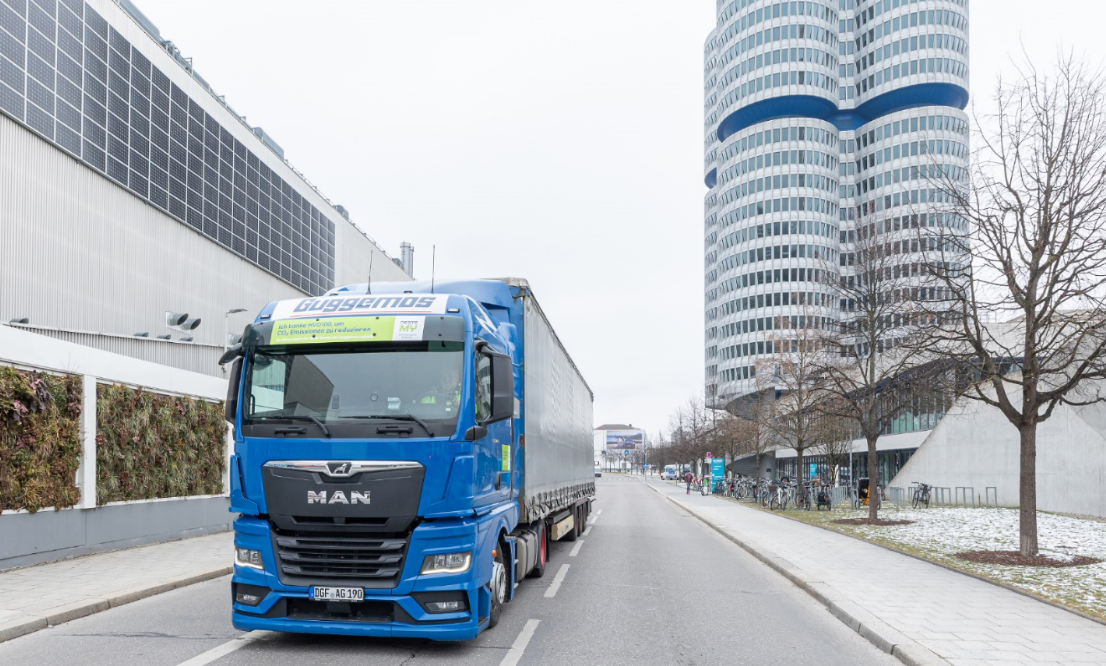
Case story
6 minute read
Reducing GHG emissions from large-scale events: Case Super Bowl
After experiencing a significant slowdown in 2020 and 2021, the event industry is back in full swing. The increase in activity brings to light an important topic: the carbon footprint associated with large-scale events. In this article, we discuss steps organizers and sponsors can take to reduce greenhouse gas (GHG) emissions from events and outline sustainability measures employed by Neste during this year’s Super Bowl in Phoenix, Arizona.
There are a number of factors that contribute to an event’s total carbon footprint. One area where decarbonization opportunities lie is transportation. In recent years, many events have recognized this and taken steps to incentivize ridesharing as well as the use of public transport systems. However, these measures do not yet address emissions from air travel, which is the most carbon-intensive form of mobility. Private air travel, in particular, is widely regarded as the least sustainable means of transport. The average private jet emits around two tons of carbon per hour. For context, the average American emits an estimated 16 tons of carbon per year.
The use of sustainable aviation fuel (SAF) as an alternative to conventional fossil jet fuel will play a key role in the aviation industry’s quest to decarbonize. The International Air Transport Association (IATA) estimates that SAF could deliver 65% of the emissions reductions needed for aviation to reach net zero by 2050. Made from sustainably sourced, 100% renewable waste and residue raw materials, SAF is a direct replacement for conventional fossil jet fuel and can reduce GHG emissions by up to 80%*.
As the leading producer of SAF, Neste not only works hard to increase the production capacity but also establishes bold, new partnerships to increase the awareness of SAF. One recent example was at the recent Super Bowl LVII game this past February in Glendale, Arizona, United States where Neste demonstrated how the event and aviation industries can work together to become more sustainable. Neste did two things: First it partnered with Signature Aviation, the world’s largest network of Fixed-Base Operations (FBO) delivering essential support services like aircraft fueling at private aviation terminals, to offer SAF for people who traveled for the game. Second, Neste collected used cooking oil from the vendors at the parking lot outside of the stadium through Neste’s subsidiary Mahoney Environmental. The collected used cooking oil was used as raw material to produce Neste’s renewable products.
Using SAF to make the outbound air travel from the Super Bowl more sustainable
According to the Federal Aviation Administration (FAA), during the week of Superbowl LVII, metro Phoenix airports in Arizona saw 4,000 more take-offs and landings than usual and nearly 1,100 additional aircraft parked on the ground, including hundreds of small private jets.
At the Scottsdale airport, these private jet setters were afforded the optionality to reduce the environmental impact of their outgoing flight by using Neste MY Sustainable Aviation FuelTM through Signature Aviation’s terminal.
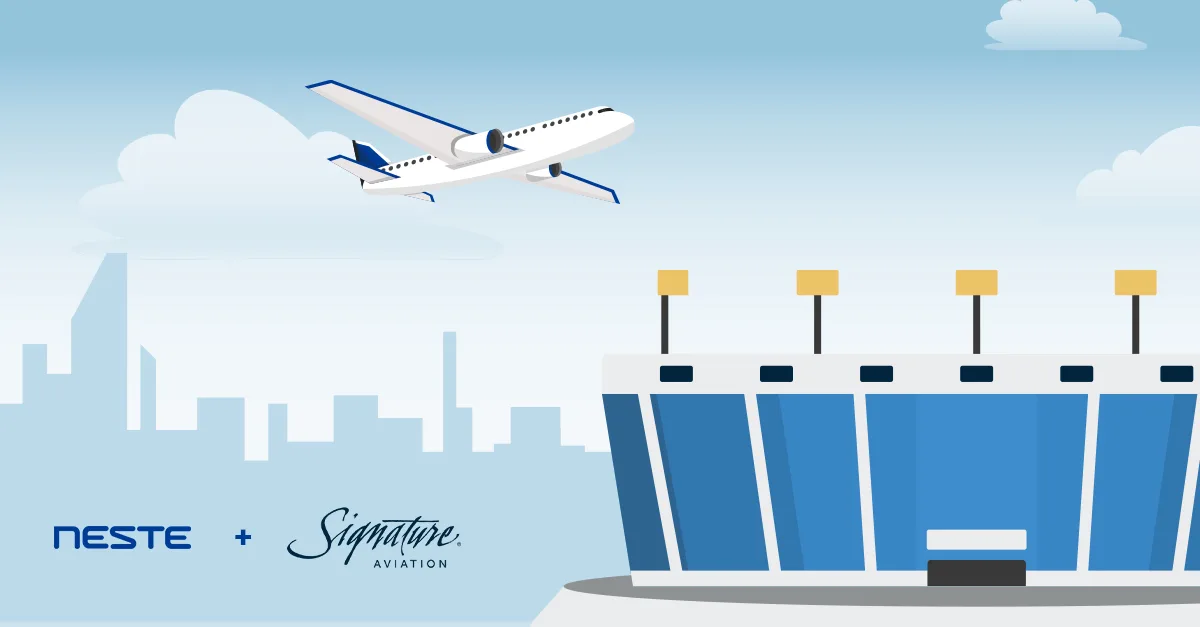
"Two years ago, we announced our first permanent supply of sustainable aviation fuel for private aircraft in San Francisco. Since then, we’ve maintained our commitment to increase SAF adoption throughout the general aviation industry by investing in the supply chain, collaborating with our customers, and expanding availability with Neste throughout our global network. Our partnership to make SAF available at Scottsdale airport for the Super Bowl demonstrates that SAF is a feasible, available option to significantly reduce air travel related emissions during major events worldwide,” said Jovan Phillips, Product Manager, Signature Aviation.
The arrangement at Scottsdale builds on the existing partnership between Neste and Signature, which began in 2020. Right now, Neste’s SAF is available at many major airports across the globe, including San Francisco International Airport and Los Angeles International Airport in the US.
Collecting used cooking oil and turning it into renewable fuels
Recycling of waste is another way the sustainability of large events can be improved. For example, if food is available onsite, arrangements can be made for used cooking oil (UCO) to be collected and recycled. This was the approach Neste employed with its subsidiary, Mahoney Environmental, at the Super Bowl.
Some 15,000 ticket holders attended pre- and post-game activities outside State Farm Stadium during the Super Bowl in Phoenix on February 12th. The festivities included live music from prominent musicians and food and drinks from over 50 local vendors.
Prior to the game, Mahoney Environmental delivered three tanks where vendors could dispose of their UCO. The following day, Mahoney retrieved the containers along with 450 gallons of UCO collected at the 2023 Super Bowl, and the UCO was shipped to Neste’s refineries, where it was used as raw material for renewable products, such as renewable diesel and SAF.
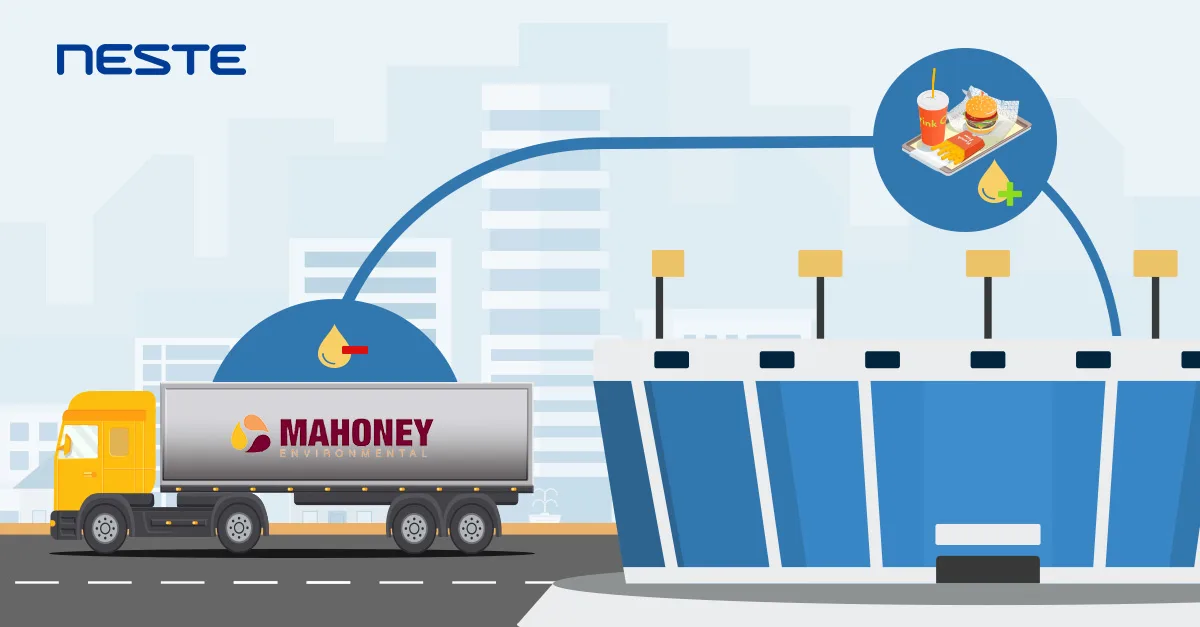
Read more about used cooking oils
“Together with Neste, we transform a waste product (used cooking oil) from large venues, like football stadiums, into renewable fuels and products to make the planet healthier for future generations. We’re proud to help venues and other food establishments offset the negative impact on the environment large events create,” says Dave Kimball, President and CEO, Mahoney Environmental.
Today with Mahoney Environmental, Neste collects used cooking oil from over 80,000 locations across the United States, including restaurants, airports, as well as big events and concerts. In some areas, like Oakland, California, Neste works with local partners to collect waste and residues to be used as raw materials in the production of renewable products. The company then supplies renewable diesel to the city, where it is used to power municipal fleets of trucks and buses.
Making events more sustainable
The collaboration between Neste and its partners at the recent Super Bowl game is just a single example of how the sustainability of events can be improved with relatively little effort. The same model can be replicated at other large-scale events, including concerts, music festivals and international conferences.
When coupled with other simple measures, such as limiting plastics use only to where it is needed and encouraging recycling, organizers, sponsors, and entertainers can establish a new, more sustainable status quo when it comes to executing events.
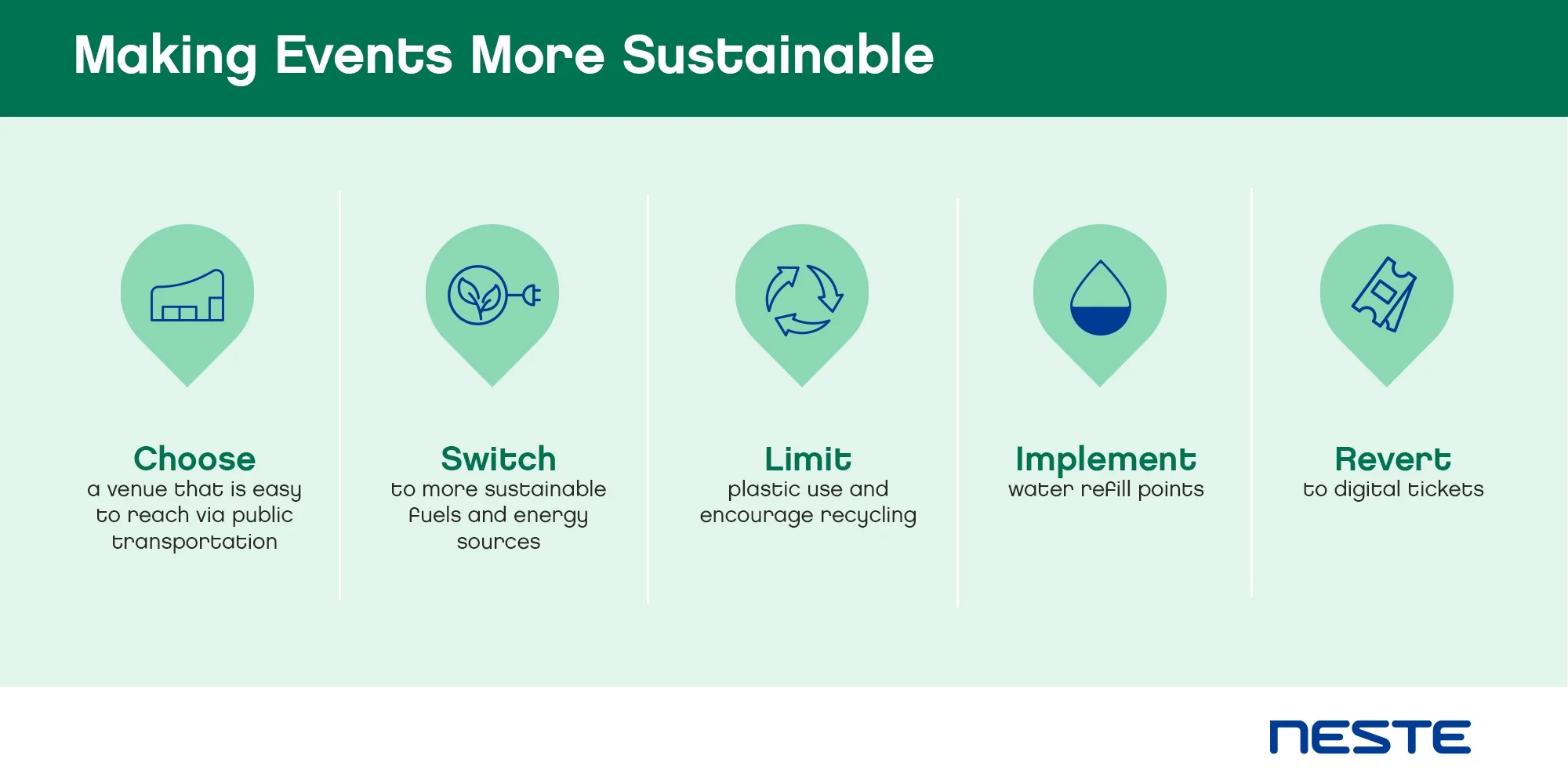
Read more articles about tips that can make events more sustainable and how Neste supports reducing GHG emissions from concerts:
Top tips to run major events in a more sustainable events
Neste X Coldplay Sustainability Partnership
*) When used in neat form (i.e. unblended) and calculated with established life cycle assessment (LCA) methodologies, such as CORSIA methodology
Credits:
Neste
